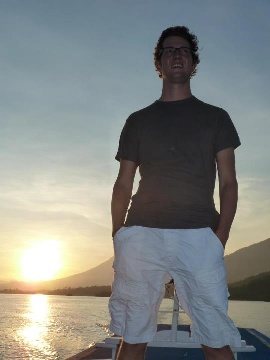Impact of structures in coastline models
Introduction
Morphological coastline models are applied in a wide variety of coastal engineering projects. These models are applicable for coasts where the sediment is transported mainly alongshore by wave driven longshore sediment transport processes, as if the coast is a kind of river. Coastline changes are then induced by gradients in alongshore sediment transport. The advantage of this approach is that the models are very fast and stable, which makes these models especially useful for quick assessments of the impacts of structures on the coast.
Assessing the impacts of structures on the coast, does however, require detailed wave climate information in the shadow zone of structures, which is a time consuming task requiring extra model runs and manual actions. Recently, a module that automatically computes shielded wave climates in the shadow zone of structures was therefore included in the UNIBEST-CL+ model.
The actual performance of the obtained wave climates in the shadow zone of structures does, however, depend on the settings. The assumed width of the active zone can, for example, be of great importance for the results. It is therefore necessary to validate and adjust the model against a couple of field cases. This analysis provides insight in the suitability of such an approach for different types of situations, which can be translated to guidelines.
Objective of Master Thesis
The goal of this master thesis is to develop and check the ability of coastline models in hindcasting coastline development near to a structure for one field case. It also investigates the strengths and weaknesses of different engineering approaches for wave shielding in coastline models.
Details
Specifically the study will include the following items:
- getting acquinted with coastline modelling field case;
- investigate data on historical coastline development for one shadow zone of a structures for the considered field case;
- apply the available approach for coastline modelling in the information from a detailed numerical model (SWAN/Delft3D).
- if necessary assist the results of the modelling with compare the model results with the field case;
- approach for the modelling of the coastline changes for the field case;
- develop (in consultation with the supervisor) an improved structures with coastline models.
- provide guidelines for modelling coastline changes near to structures with coastline models
Info:
